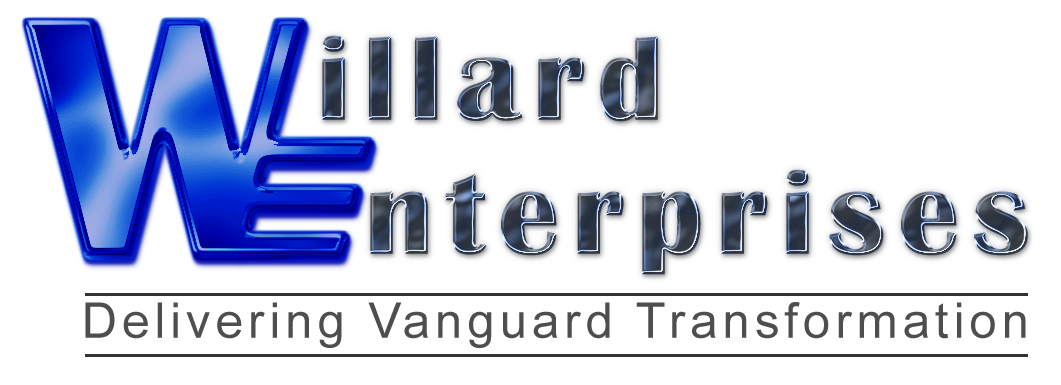In my last few blogs I reviewed some of the benefits you can expect from outsourcing. In this blog, and on request, I will describe the differences between setting up a captive sourcing structure and outsourcing to a offshore/nearshore third party service provider, and point out some things to consider when choosing between the two.
Despite what some may think, delivering a successful outsourcing arrangement is not based on luck. It is not as simple as handing over the keys of your business operations to someone else and watching the benefits magically materialise. There are many potential new challenges that your business has not likely faced before and could prevent its success. It requires careful research, planning and a long term strategic view to achieve your objectives.
After a business makes the decision that it could benefit from changing how some of its processes are operated, by moving them to an alternative source or when consolidating its disparate service providers to a centralised solution, it will still need to decide if the service required would best be managed as a captive resource or is it appropriate to outsource the service entirely.
At a high level there are not too many differences between a captive resource and an offshore/nearshore outsourced third party service provider. They share the same basic principle – work is performed in another country with the intention of providing greater value than can be achieved locally.
The main difference between a captive and an offshore outsourcing partner is that even though the captive could still be in the same building as the outsourced service provider, a captive has:
- the same company logo on the front door
- is managed by people with that same company logo on their pay check
- the competition is unlikely to be in the office
Captives are generally set up and used to leverage the benefits of outsourcing, while protecting a company’s intellectual property.
To determine the most appropriate solution for your business there are a few key questions that must be answered.
- Is this a process to support your business or should it be protected as an integral part of your business’ IP, for instance R&D?
- Would your competitors have an advantage if they managed their process the same as you?
A common misconception when making this decision has been that outsourcing limits a business’ control. In my experience, control should not be a key consideration. Depending on the relationship, a client’s department has the ability to deliver as much, if not more, through an outsourced provider than with internal resources. The main factor to keep in mind is that the relationship created between the client and the outsourced team is just as important as the one created with its own employees.
As within any business, poor management and poor communication have a direct adverse influence on the productivity and morale of the team. This is much more complicated in an outsourced scenario. There are additional layers of management and further obligations from another business, not to mention the cultural differences from the host country itself and the fact that issues may arise from either side. Due to these additional complexities, breakdowns are more difficult to identify, assess and remedy. None the less, I have found that, once identified, it is much easier act when the issue is identified at a third party service provider. For example, a client has the ability to request that the difficult resource is moved off their account immediately: were this a full time employee, this option would not normally be possible. But bear in mind that when a captive is the appropriate course of action, all of these considerations such as cultural differences, local laws, holidays and customs, which are normally managed by the service provider, will be the company’s responsibility to manage.
In my opinion, intellectual property is one of the biggest considerations that should be taken into account when choosing between setting up a captive resource and outsourcing the service to another company. Third party outsourcing providers go to great extremes to protect their customer’s IP, but it is still being operated by someone outside of the business and there are inherent risks. Keep in mind that the long term reputational risk to the service provider could be as great, or greater, than the risk to your own business if the process were discovered, but even so, I would not suggest that this is a risk worth taking. When a business’ intellectual property is at stake, it should take all necessary precautions, including going to the trouble of setting up its own captive resource, to manage it when necessary.
In the end, the best advice is to stay practical, keep it simple and know your five W’s to avoid unforeseen issues and costs. Who, What, When, Where and Why.
These are my thoughts, do you agree? I, as well as many of the other readers, would be interested in understanding your thoughts on this matter. The prospect of helping you Smart Source or outsourcing appropriate levels of services to third parties to achieve the best outcome for your business, including helping you make tough decisions such as the one outlined above, are some of the things that Willard Enterprises specialise in. If there is something I can do to help your business or someone you know achieve their next challenge, please contact me for more information. If you would like to stay up to date with news from Willard Enterprises including new blogs, service changes and availability, please subscribe to the newsletter.

Great article, very well said..